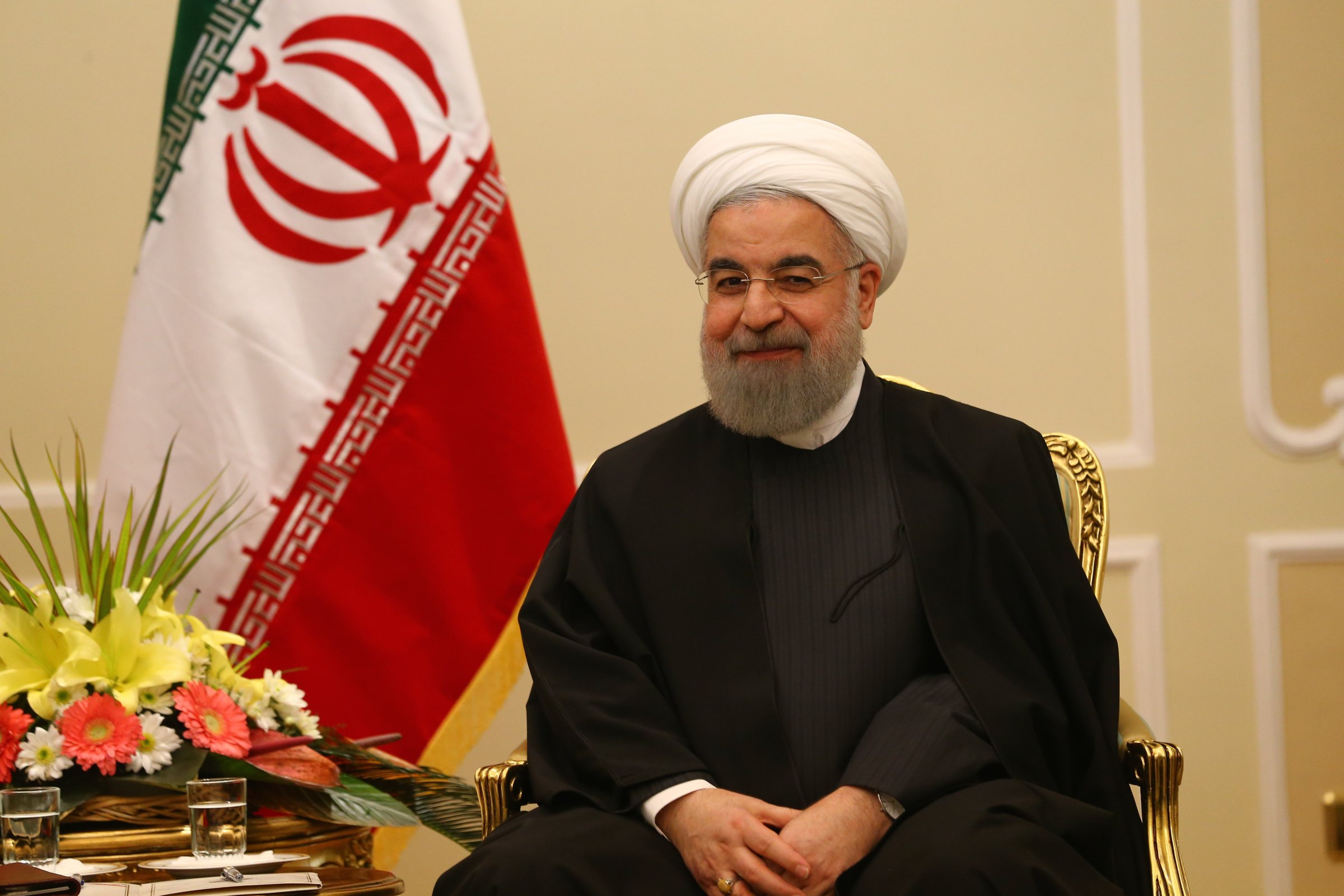
As the world changes for Iran post-sanctions, it’s paying calls to those who benefitted from the country’s sanction shackles in one way or another, and India—whose refiners are said to owe Iran $6.5 billion worth of euros—is its first port of call. But it’s much more than that as Iran re-stakes its claim to oil-based power.
Under sanctions, Iran was limited in how it could sell its oil and accept payment, but now that payment channels have been reopened, Tehran is seeking past dues in euros, particularly from Indian-based refiners such as Essar Oil, Mangalore Refinery and Petrochemicals Ltd (MPRL).
And India, for its part, has every reason to pay these past dues if it hopes to take its new energy relations with Iran to the next level.
Iran has made clear that it will continue to increase output until it has regained much of the market share it lost under sanctions. It wants to pump 4 million barrels a day—up from 3.3 million at present.
OilPrice.com: Forget Doha. The Fundamentals Are Moving In The Right Direction
India is set to import at least 400,000 barrels per day (bpd) of Iranian oil in the year from April 1, with refiners looking to ramp up purchases in the post-sanctions environment.
India’s state refiners—Indian Oil Corp, Mangalore Refinery and Petrochemicals Ltd, Bharat Petroleum and Hindustan Petroleum—are willing to buy about 240,000 bpd in the year (starting from April). Among private refiners, Essar Oil is willing to lift about 120,000 bpd, they said, while HMEL has indicated it will buy a small quantity with an option to raise volumes.
Reports indicate that India has already earmarked at least $20 billion for investments in oil and gas as well as petrochemicals and fertilisers sectors in Iran. India, too, plans to increase oil imports from Iran from the present 350,000 barrels a day.
India’s Ministry of External Affairs Spokesperson Vikas Swarup was optimistic when he indicated that the “energy partnership would go both ways” as Iran was eyeing involvement in India’s refinery sector.
OilPrice.com: Saudi Arabia Kills Doha Deal, Talks Fall Apart
Both countries had maintained close bilateral ties even when economic restrictions were in place against Iran. With the new found opportunities to speed up long-standing bilateral and multilateral initiatives that would boost Iran’s fledgling economy, pressure is likely to be on the production of oil, which might put more pressure on oil prices, which have dropped 70 percent since 2014.
The latest achivement is the upcoming trilateral agreement with India and Afghanistan, which aims to offer access to both neighbouring countries through the strategically located Iranian Chabahar port in the Gulf of Oman. The port in southeast Iran will allow India to bypass Pakistan to transport goods to Afghanistan and the Central Asian region using a sea-land route.
Chabahar port would provide a vital transport link for receiving unhindered natural gas imports from Iran to India. It may also play a role in finalising the proposed Iran-Oman-India pipeline.
OilPrice.com: Will China’s Slowing Economy Stall The Silk Road Project?
With world’s fourth largest proven oil reserves, Iran is presently eyeing Indian shores as its main oil exporter country since demand in this energy-starved Asian major is expected to rise exponentially in the coming decades.
So while there won’t be any more freebies for India in terms of zero-cost oil shipping courtesy of Iran, we’re watching a new phase in Iran-India energy relations unfold, to boost the power of both and remap the South Asian energy route.
But there will be some other hurdles along the path to power for Iran, and one of the hurdles for now is tanker capacity. Right now, the lion’s share of Iran’s oil tankers are busy storing crude, or simply not seaworthy—so increasing exports is sometimes easier said than done. This year, Iran’s sales of crude oil will reach 2 million barrels per day, according to Iranian officials.
According to Reuters, Iran has 55-60 oil tankers, but 25-27 of those are parked in sea lanes languishing with stored, unsold cargo.
At the same time, Iranian lawmakers have endorsed the government’s new $330-billion budget bill, which would allow the government to set the price of oil at $40 per barrel and to export 2.25 million barrels per day, so officials say.
This article originally appeared on OilPrice.com
More Must-Reads from TIME
- Why Trump’s Message Worked on Latino Men
- What Trump’s Win Could Mean for Housing
- The 100 Must-Read Books of 2024
- Sleep Doctors Share the 1 Tip That’s Changed Their Lives
- Column: Let’s Bring Back Romance
- What It’s Like to Have Long COVID As a Kid
- FX’s Say Nothing Is the Must-Watch Political Thriller of 2024
- Merle Bombardieri Is Helping People Make the Baby Decision
Contact us at letters@time.com